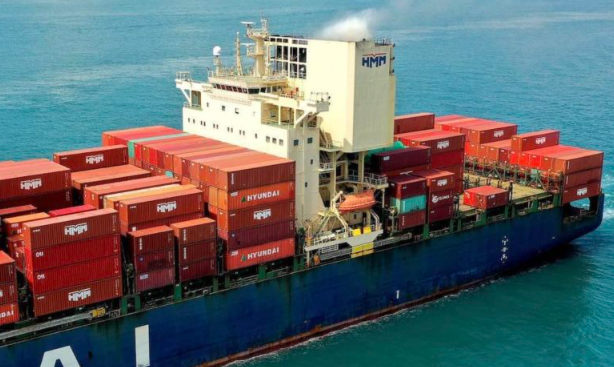过去三个月柴油价格上涨了20%,这给美国的卡车运输成本带来了压力。在季节性货运需求和燃油价格和附加费上涨的预测下,托运人需要支付更高的燃油附加费,可以预期今年秋季运输成本可能会攀升。

匹兹堡区域零担(LTL)航空公司Pitt Ohio的首席营销官Geoff Muessig表示,燃油价格上涨以不同的方式影响不同的航空公司。作为一家航空公司只有可持续性越强,排放越少,燃料对航空网络的影响才能越小,而我们在可持续发展方面的努力正在减轻燃油成本上涨带来的一些影响。
根据美国能源情报署(EIA)公布的每周数据显示,过去一周美国柴油平均零售价格为每加仑4.63美元;这比前一周上涨了9美分。仅加州的平均价格就为每加仑6.19美元,本周上涨了22美分。
根据DAT Freight & Analytics追踪的燃油附加费数据显示,7月到8月平均每英里上涨了8美分至52美分,涨幅为18.2%。从6月到9月15日,合同和现货市场航空公司的附加费每英里上涨了12美分,达到每英里55美分,涨幅为28%。
托运人无法控制承运人的燃油附加费——尽管许多托运人将自己的燃油附加费纳入合同。他们可以控制LTL和卡车货运的运输方式。但要应对燃油价格上涨20%的影响需要提高效率,这意味着随着油价上涨,托运人将收到更高的运输费用。
零担,整车生产者价格指数上升
燃油价格上涨对零担行业的影响是巨大的。美国劳工统计局上周公布的数据显示,8月份美国长途运输服务的生产者价格指数(PPI)较7月份上涨4.4%,而长途卡车运输的生产者价格指数(PPI)上涨1.2%。
密歇根州立大学物流副教授杰森·米勒Jason Miller表示,燃料价格推动了PPI反映的大部分卡车运输价格上涨。在4.4%的涨幅中,燃料成本和附加费约占75%。
在**崩溃后,8月份LTL PPI的涨幅似乎很低,这将许多托运人的LTL利率推高了5%至15%,货运量的增加也推高了LTL的成本和费率,因为托运人正在寻找承运人来承担曾经由Yellow运输的货物。
货代网